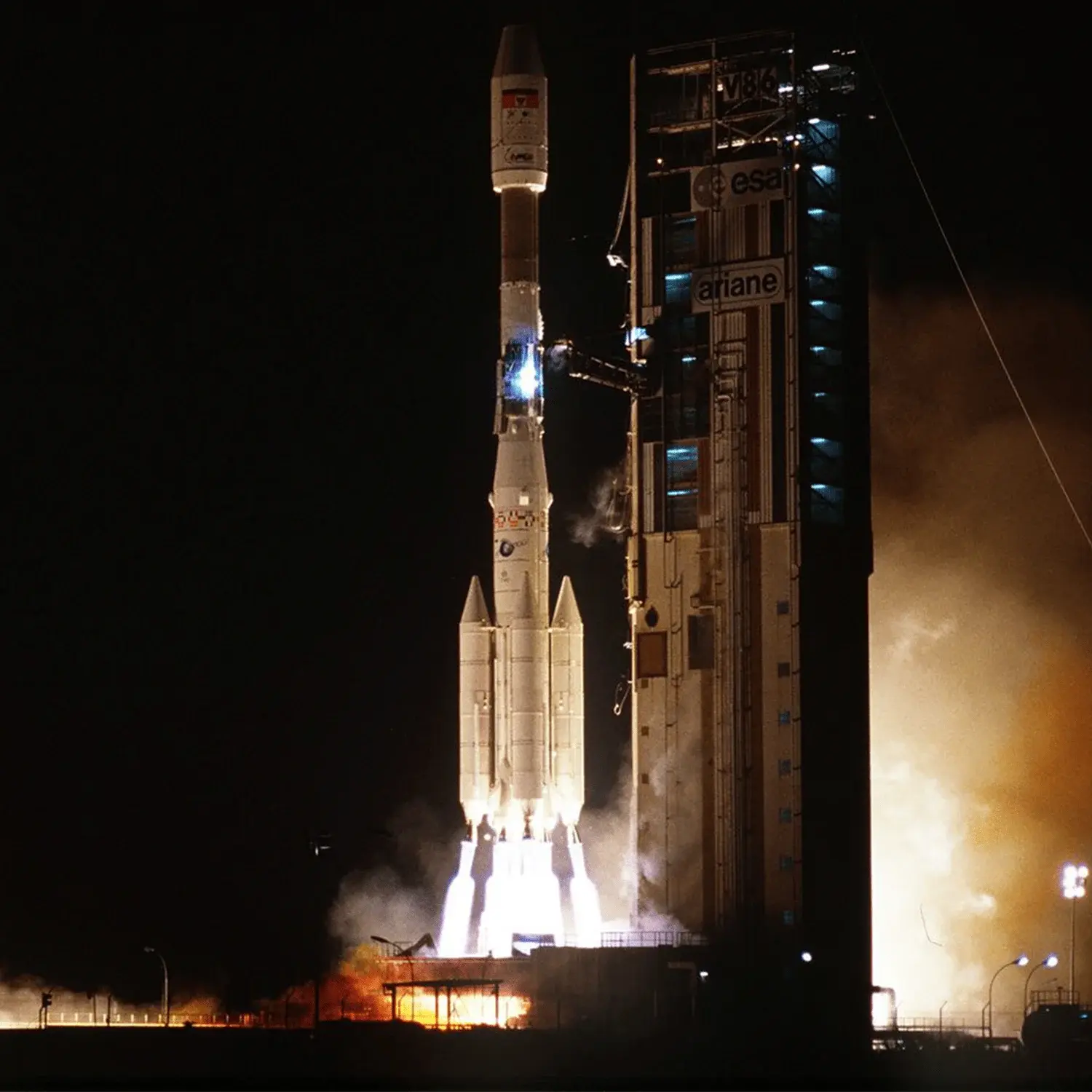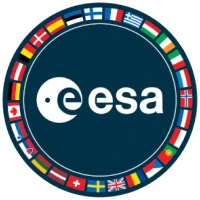Solidaridad-2 & Thaicom-2
Launch Success
Liftoff Time (GMT)
01:07:00
Saturday October 8, 1994
Mission Details
Launch Notes
Last Ariane 44L with an H10+ stage. Flight V68.
Solidaridad-2
When the Mexican government planned the implementation of a second-generation satellite system, it turned again to Hughes Space and Communications Company. The new pair of spacecraft is called Solidaridad, signifying the way satellite telecommunications are uniting the urban and remote parts of the country with one another and the rest of the world. These replace the two Hughes-built Morelos satellites, the first of which was retired in 1994 after nine years of service. The Solidaridad contract was signed in May 1991. The spacecraft are operated by the government agency Telecomunicaciones de Mexico (Telecomm). Hughes provided two Hughes HS-601 model high-power spacecraft, associated ground equipment, and training. The first satellite was launched on Nov. 19, 1993, and the second was Oct. 7, 1994, on Ariane-44LP H10+ and Ariane-44L H10+ boosters respectively from Kourou, French Guiana. The Solidaridad contract calls for a satellite life of 14 years.
Geostationary Transfer Orbit
1 Payload
2,276 kilograms
Thaicom-2
Mindful of the growing population and business base in Thailand, Shinawatra Computer and Communications Co. Ltd. (SC&C) signed a contract with Hughes Space and Communications Company in October 1991 to develop the country's first dedicated communications satellite system. Two satellites, light-weight versions of Hughes' popular Hughes HS-376 model, were ordered to be built and delivered in 24 and 28 months, respectively. The system was named "Thaicom" by King Bhumiphol, to symbolize the link between Thailand and modern communications technology. The satellites were called Thaicom 1 and Thaicom 2 Based on the reliable HS-376 bus, each Thaicom satellite has two Ku-band transponders (plus one spare), powered by 47-watt traveling-wave tube amplifiers. The effective isotropic radiated power over Thailand is 50 dBW. The spacecraft also carries 10 C-band transponders (plus two spares), linked to 11-watt solid-state power amplifiers. These have a broader coverage area, from Japan to Singapore, and provide 33 to 38 dBW.
Geostationary Transfer Orbit
1 Payload
1,080 kilograms
Rocket


Manufacturer
ESARocket
Diameter: 3.8m
Height: 58.72m
Payload to Orbit
GTO: 4,720 kg
Liftoff Thrust
6,000 Kilonewtons
Stages
3
Strap-ons
4
Launch Site
Stats
Ariane 4
40th
Mission
6th
Mission of 1994
European Space Agency
59th
Mission
6th
Mission of 1994
1994
68th
Orbital launch attempt